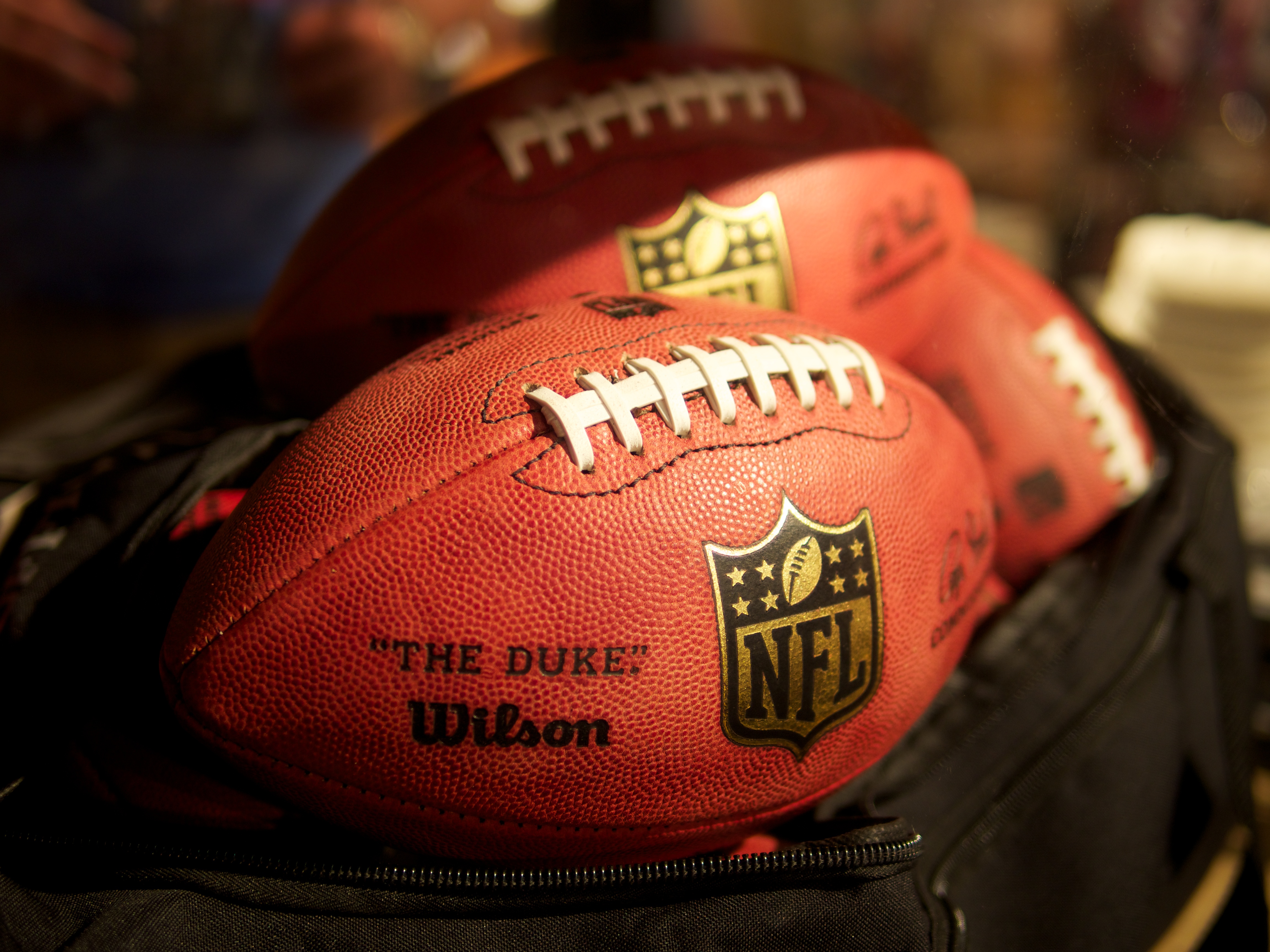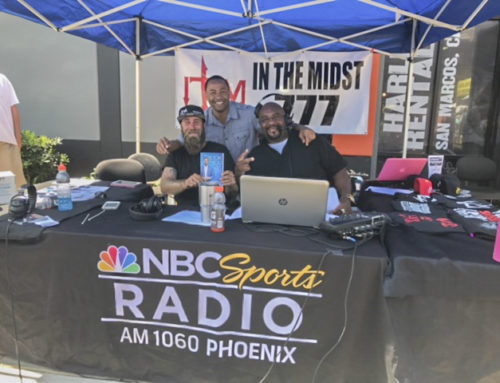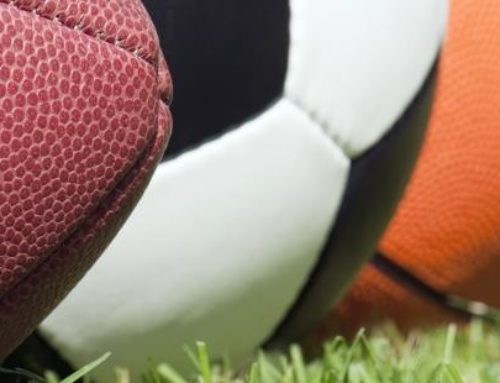When asked what it was like to play in the National Football League, I often use an analogy to describe a normal week. Imagine being in a car crash, slamming head on into a brick wall at 40-50 miles per hour with no seat belt. Then multiply that one incident by twenty and it’s the equivalent to one agonizing season. The physical trauma is excruciating and takes it’s toll not just on the body, but the mind as well.
I experienced several seasons, and can aJest that there comes a point when you become numb to it. Everything from the top of your head to your pinkie toe hurts! Some days you can hardly get out of bed, but there are no sick days in the NFL. I recall many messing on the edge of my bed with my head in hands, damn near tears from the throbbing joints, bone bruises and contusions. The gladiator mentality urges you to rise and face the daily challenge of making it to the team facility, and going through meetings and practice. As you inch through the week, you can see the light at the end of the tunnel… game day. However, that light signals more coming your way – you’re about to go head on with the pain train!
Depending on your perspective, I was fortunate (or unfortunate) to be blessed with a high tolerance for pain. Throughout my career, I played through countless injuries:
- Played the fourth quarter of a game on a ruptured MCL in my right knee.
- Dislocated multiple fingers on the field, had them popped back into place – taped and immediately returned to ac2on.
- Fractured my leg: ankle, had a couple layers of tape applied and hobbled right back on the field.
- Was concussed by a helmet under my chin to the point I had to lean on a lineman in the huddle just to stay on my feet.
Navigating pain in the NFL is considered an occupational hazard if you ask team owners and management. They explain that players are aware what they’re signing up for. Unfortunately when the treatment sessions, ice packs and cold tubs no longer provide a remedy or ease the constant agony, the normal protocol is high doses of prescription drugs and injections. I’ve witnessed team trainers and physicians dispense Vicodin, Percocet, Hydrocodone and Oxycodone at an alarming rate. Not only do players often get to a point where they can’t function without the aid of the prescribed narcotics, but they also turn to alcohol and other illicit means to obtain relief.
The current lawsuits and allegations aimed at the NFL are bringing a lot of disturbing facts to light. My hope is that the NFL and Players Association (NFLPA) can come together. Too many current and former players are suffering while management is doing all they can to “Protect the Shield!” The sacrifice of the players and their health should not be overlooked or forgotten.
Image:
https://upload.wikimedia.org/wikipedia/commons/7/73/NFL_Footballs_%288449743770%29.jpg






